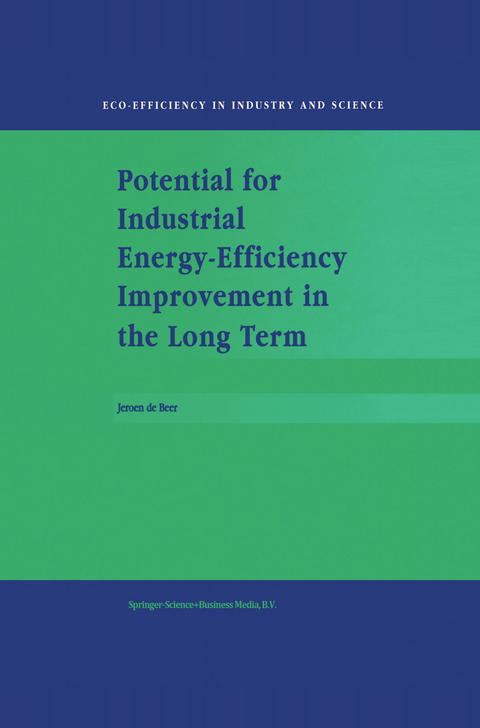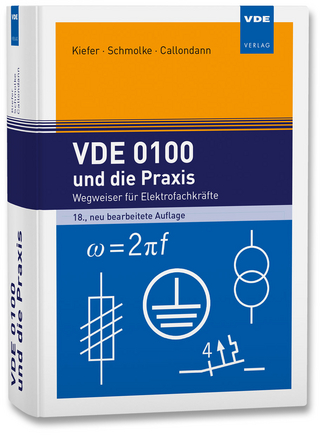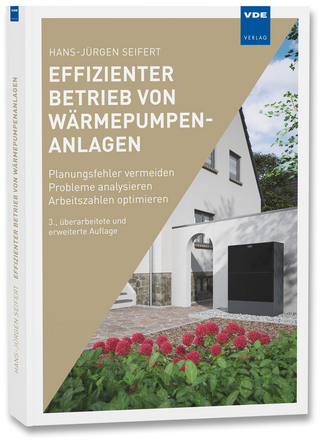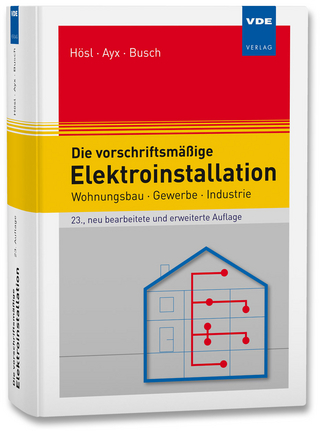
Potential for Industrial Energy-Efficiency Improvement in the Long Term
Seiten
2000
|
2000 ed.
Springer (Verlag)
978-0-7923-6282-1 (ISBN)
Springer (Verlag)
978-0-7923-6282-1 (ISBN)
This book does not give a prediction of what the efficiency will be of the energy use of industrial processes in the future. This lead to the question whether there are limits to the efficiency, taking into account both thermodynamic considerations and ideas on the development and dissemination of new technologies.
This book does not give a prediction of what the efficiency will be of the energy use of industrial processes in the future. However, it does give an exploration of limits to the efficiency of current processes and an indication of what might be achieved if new technologies can be developed. At the Department of Science, Technology and Society of Utrecht University research had been done to the opportunities for improvement of the energy efficiency in the short term since the 1980's. This had resulted in a comprehensive database on energy efficient measures. This database and a possible application are described in Chapter 3 of this book. The use of the database induced new research themes around efficiency improvement, e.g. concerning barriers for implementation of measures. It was around 1993 that I did a preliminary study to the potential for efficiency improvement in the long term. Historical analysis had shown us that the short term potential stayed constant over the years. It seemed to be replenished by the introduction of new technologies. This lead to the question whether there are limits to the efficiency, taking into account both thermodynamic considerations and ideas on the development and dissemination of new technologies.
This book does not give a prediction of what the efficiency will be of the energy use of industrial processes in the future. However, it does give an exploration of limits to the efficiency of current processes and an indication of what might be achieved if new technologies can be developed. At the Department of Science, Technology and Society of Utrecht University research had been done to the opportunities for improvement of the energy efficiency in the short term since the 1980's. This had resulted in a comprehensive database on energy efficient measures. This database and a possible application are described in Chapter 3 of this book. The use of the database induced new research themes around efficiency improvement, e.g. concerning barriers for implementation of measures. It was around 1993 that I did a preliminary study to the potential for efficiency improvement in the long term. Historical analysis had shown us that the short term potential stayed constant over the years. It seemed to be replenished by the introduction of new technologies. This lead to the question whether there are limits to the efficiency, taking into account both thermodynamic considerations and ideas on the development and dissemination of new technologies.
1. Introduction.- 2. Towards a Method for Assessing Long-Term Opportunities for Energy-Efficiency Improvement.- 3. Sectoral Potentials for Energy-Efficiency Improvements in the Netherlands.- 4. Long-Term Energy-Efficiency Improvements in the Paper and Board Industry.- 5. Future Technologies for Energy-Efficient Iron and Steel Making.- 6. Fixing Atmospheric Nitrogen with Less Energy.- 7. Conclusions.- References.
| Erscheint lt. Verlag | 31.5.2000 |
|---|---|
| Reihe/Serie | Eco-Efficiency in Industry and Science ; 5 |
| Zusatzinfo | IX, 254 p. |
| Verlagsort | Dordrecht |
| Sprache | englisch |
| Maße | 155 x 235 mm |
| Themenwelt | Technik ► Elektrotechnik / Energietechnik |
| ISBN-10 | 0-7923-6282-9 / 0792362829 |
| ISBN-13 | 978-0-7923-6282-1 / 9780792362821 |
| Zustand | Neuware |
| Informationen gemäß Produktsicherheitsverordnung (GPSR) | |
| Haben Sie eine Frage zum Produkt? |
Mehr entdecken
aus dem Bereich
aus dem Bereich
Planungsfehler vermeiden – Probleme analysieren – Arbeitszahlen …
Buch | Softcover (2024)
VDE VERLAG
44,00 €


